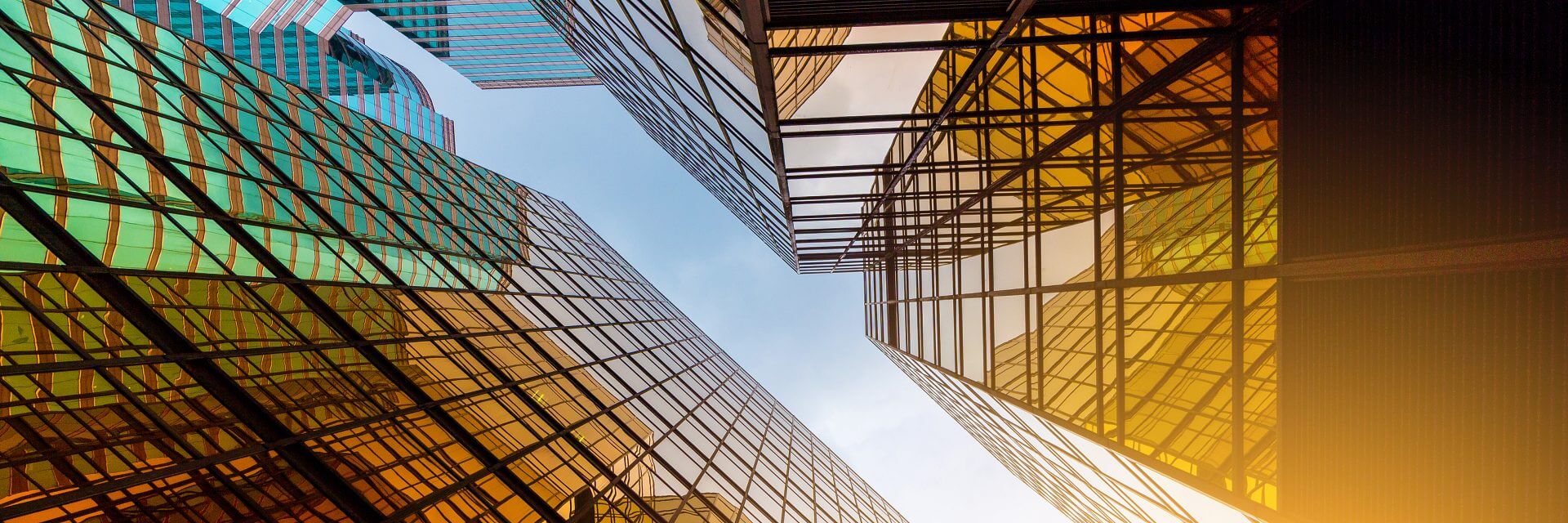
10 things developers need to know for the next lab opportunity
Developers are facing an opportunity and a dilemma: Competition is at an all-time high in the life sciences industry, which means companies must create work environments that attract and retain top researchers, encourage collaboration and innovation all while maintaining a flexible space that can evolve to meet new research demands and technology.
Due to both rapid innovation and pressing pandemic needs, lab capacity is at an all-time high. However, the life sciences boom predates the pandemic. From 2009 to the end of 2019, the amount of lab space in the United States grew from 17 million to 29 million square feet, buoyed by big technological advances such as the sequencing of the genome and rising computational prowess. Add in a significant investment in ramping up lab space amid the race for coronavirus therapies and vaccines and an aging U.S. population that demands life-extending care.
Competition, innovation, and the need for speed has never been greater—along with the infrastructure to support it. But, as a developer, where do you begin? How do you evaluate a potential lease location? Here are our tips to help you find the perfect space for your next research workplace opportunity:
1. Speed to market
Time is money. Consider the overall timeframe and the potential risks involved with delays. Take these considerations into account:
- If the core and shell of the building are designed for lab use, the timeline to complete build-out will be shorter than a shell originally designed for warehouse or office use. Building system requirements and infrastructure needs for a lab building typically require generous ceiling height, advanced utilities, and an ample amount of square footage.
- Design-build teams can consider procuring long-lead equipment early and partnering with vendors, like casework manufacturers, to provide early shop drawings. In a typical design-bid-build procurement method, long-lead items can impact the schedule tremendously.
2. Control areas and chemical management
The International Building Code (IBC) has a safe approach, and specific requirements, for storing and using chemicals in the lab.
What this means is the building must not collapse in the event of a fire for 2 hours. The structure and floor slabs are critical in keeping the integrity of the building in the event of an emergency due to the added element of storing chemicals.
Understanding the proper use of chemicals on upper levels and how to maximize control areas for storage is critical. Incorporating a hazardous chemicals management strategy into your site selection and building’s design from day one can help you save time and money in the long run.
3. Surrounding ecosystem
The success of your lab will be based on the people that work there. Where is the best place to locate your new lab? Will you be able to attract top-tier researchers and scientists to your space? The location should strategically draw on the area’s resources. Is it a great place to live, work and play? Access to research institutions, venture capital and even tech startups contribute to a thriving life sciences ecosystem. Restaurants, industry partners, and entertainment will put your lab right where the talent wants to be.


4. Flexible wet or dry lab
As technology, testing, and precision medicine advance, designing flexibility into lab space is more important than ever, especially considering that various types of labs have unique components and requirements. Wet labs and dry labs have become more interconnected, but these spaces still have fundamentally different purposes and design considerations.
- Wet labs tend to have more intense design requirements. Manipulating and testing live cultures, as well as storing samples, creates a number of variables that often need to be controlled to maintain the integrity of the results. The general activity within a wet lab increases the demand for nearly every building system.
- The “dry” component is what creates many of the design challenges in this type of space. Rooms filled with energy-hungry equipment, which generate heat, require surface materials that help prevent static or sparks. Emergency power, proper air supply, humidity levels, and exhaust are extremely important to the ongoing operation of these labs.
A space can be converted between a wet lab and a dry lab if it is planned and designed appropriately. This might be necessary for labs engaged with precision medicines, for example. Precision medicines, also known as personalized medicines, represent a significant shift the life sciences industry. This new individualized approach to medicine is requiring researchers to evolve as quickly as the science. Incorporating flexible typology into your decision will ensure the facility can keep up with this ever-changing research.
5. Building structural systems
Modifying structural elements can cost a lot. Look for space that meets the following criteria:
- Floor-to-floor height: Typically, for labs, a minimum ceiling height requirement is 15 feet, but make sure not to go too high. High ceilings can increase utility bills due to the high amount of air change rates.
- Column structure: Pay close attention to columns when choosing a space. The most efficient and flexible labs are designed on a module. Columns can prohibit using a lab module approach during the design phase, decreasing optimization and efficiency, and creating barriers for safety.
- Vibration criteria: Are the slabs designed with appropriate vibration control for your equipment? Some equipment, like High-Performance Liquid Chromatography (HPLC’s), can be affected by structural vibration. Buildings not initially designed for lab use are unlikely to meet the vibration criteria.
6. Automation and robotics
Robotics and automation will increasingly color the way we think about labs. The real driver for lab innovation here is that we want scientists to do science, and to use their knowledge and their power to interpret the data and test results. What we do not want is for them to spend their time with repetitive tasks, like loading machines or equipment.
7. Lab optimization
In the same way that automation eliminates certain tasks to free up the scientists, lab optimization is about finding opportunities to make little changes that unlock outsized potential. An optimization effort analyzes your lab operations, your layout, and your equipment to determine where adjustments can be made to improve efficiency. Working with a consultant can be particularly helpful to get an outside perspective on your set up. Typically, the process looks like this:


8. Appropriate MEP infrastructure
HVAC, plumbing, power, emergency power. Are the engineering systems designed to accommodate your science? Look at:
- Are the air changes per hour designed in the core and shell a limiting factor? Is there capacity for the new space, or will it require additional units to achieve the desired airflow?
- And can the structure support new equipment? If chemical fume hoods or biosafety cabinets are needed for the science, is there capacity in the system?
- As the need grows for GMP space, can the space meet those utility requirements and is there additional capacity for flexibility and future needs? Although some lab equipment is more compact, the amount of equipment in the lab is increasing with automation and requires more watts per square foot of power. Sometimes inexpensive space that was not designed for laboratory use costs more in the long run as water and plumbing systems often do not have the capacity—and increasing water service and sewer lines can be very costly.
9. Lease strategy for utilities
Will this space adequately provide for your needs? Confirm that the landlord of the building has appropriate methods for accommodating a lab with high-utility needs.
What happens if the building loses power? A very important aspect in selecting your next building is emergency generator power. Will your -80C freezers maintain temperature? Do you need to provide UPS power (battery backup)? Confirm there is space on site to add a generator, and that power can easily be separated from other tenants in a multi-tenant building.
10. Segregating lab flows
There are many aspects to a lab, such as personnel, waste, material, and equipment, which are important for an efficient workflow. Consider separate flows for staff, visitors, deliveries, and waste. For example, deliveries and large equipment require that you have a freight elevator. Much of the automation equipment available for labs requires large elevators and corridors for delivery. Likewise, once the equipment arrives at your lab, the door needs to be large enough to receive it. Keeping these details in mind will help you avoid problems in the long run.
Selecting the perfect space for your next lab project is a big decision. Working with an experienced team of lab designers who understand every element of this space type will set your next lab opportunity up for long-term success.
Interested in speaking to one of our experts? Let’s talk.

